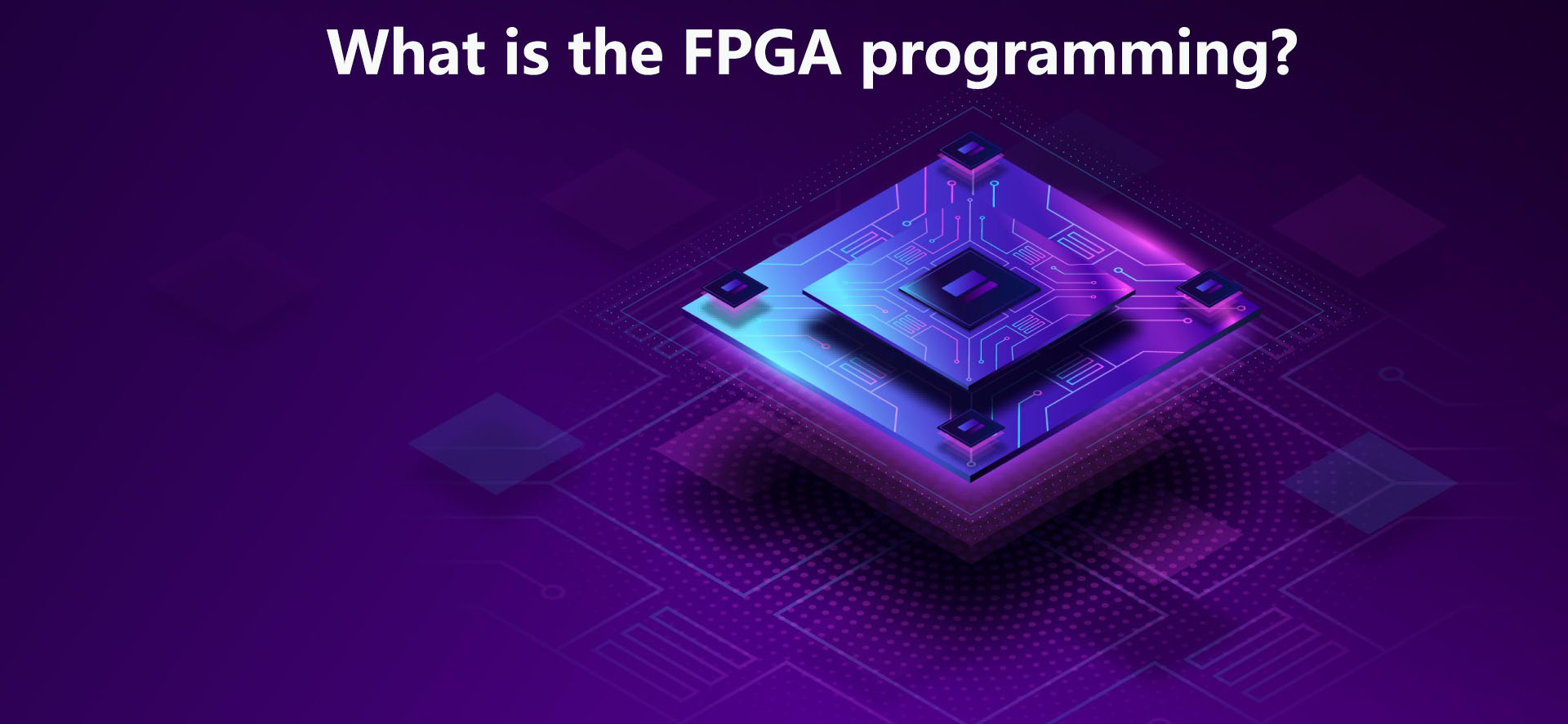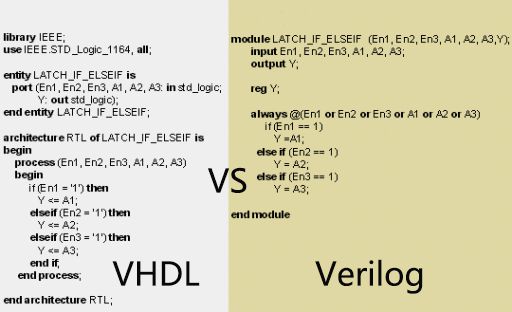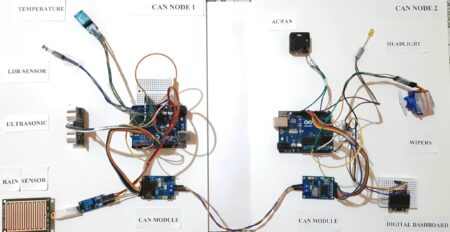What is FPGA Programming?
Reconfigurable logic blocks (logic gates, memory elements, DSP components, etc.) and interconnects are the only components of FPGAs. FPGA programming involves connecting these logic blocks and interconnects so that it may execute a certain functionality (adders, multipliers, processors, filters, dividers, etc.) using the Hardware Description Language (Verilog/VHDL).
FPGA has many family series like Zynq-7000 SoC, FPGA Spartan-7, Artix-7 FPGA, Virtex-7 FPGAs, Kintex-7 FPGAs, or others that all need to be programmed by languages Verilog, VHDL, or System Verilog.
What is the FPGA programming language?
The US Defense Department first created VHDL, or VHSIC (extremely High-Speed Integrated Circuits) Hardware Description Language, to conduct research and development on extremely high-speed integrated circuits in the 1980s. In 1987, VHDL was adopted as IEEE Standard 1076. The majority of digital and analog mixed-signal circuits today, including FPGAs and ASICs, are modeled using VHDL.
Verilog, which stands for “Verification“ and “Logic,” was developed in 1984 by P. Moorby, P. Goel, C.-L. Huang, and D. Warmke to simulate gates and model gates in a logic simulator. Cadence bought Verilog in 1990, and in 1995 it was adopted as IEEE Standard 1364. Verilog is now often used for both the design and verification of analog and mixed-signal circuits, as well as digital circuits.
C programming language features like case sensitivity, keywords, operators, etc. are also included in Verilog HDL. Since VHDL was initially created using Ada as a base, it is comparable to Ada as a programming language. This article compares Verilog with VHDL and explains their differences.
Although software programming languages (C, Ada) and HDLs (Verilog, VHDL) share certain syntax similarities, FPGA programming is entirely distinct from software programming.
Differences between the Verilog and VHDL
The method by which its instructions are carried out is the explicit distinction between FPGA programming and software programming. While Verilog/VHDL instructions in FPGA programming are typically run in parallel (except blocking assignments in Verilog and variable assignments inside a process in VHDL), instructions in software programming (C, Ada, etc.) are executed sequentially.
More significantly, software programming refers to the execution of a series of sequential instructions to carry out a specified behavior in software, whereas FPGA programming or FPGA design is about constructing digital logic circuits to determine the behavior of FPGAs.
This type of code can be difficult to synthesize with synthesis tools, and to make matters worse, some synthesis software keeps synthesizing until RAM runs out and you have to restart it. Therefore, when programming an FPGA, keep in mind the logic circuits that will be used to implement the functionality you seek.
What do you need to know to start programming FPGAs?
Step 1: Digital logic design background
You need to have a solid foundation in digital logic design before you can program an FPGA because you need to get familiar with logic values, logic gates, and combinational and sequential logic circuits. A nice resource for it is this.
Step 2: Verilog and VHDL
After that, you can begin learning Verilog/VHDL to program FPGAs. As I indicated, Verilog/VHDL is the hardware description language, so to create the functionality you want to run on FPGAs, forget about software coding behavior and start thinking about logic gates and circuits. My suggested approach for learning a programming language is to continue honing your design and coding skills whenever you have the chance.
Step 3: Simulation
Simulation is a crucial stage before synthesis and implementation in the practice of FPGA programming. The purpose of the simulation is to ensure that the Verilog/VHDL code you create functions as intended. Although there are several simulators available, I most frequently utilized Modelsim for functional simulation.
One more thing: in order to validate the design, you must create a test bench that provides every possible combination of input values. The test bench coding style may not be overly constrained, similar to the synthesizable coding style, allowing you to produce input patterns for functional simulation using software behavior styles (For loop, While loop, etc.).
Step 4: Synthesis and Implementation
You can consider the further steps of synthesis and implementation once the design has been successfully validated in functional simulation. The Xilinx ISE/ Vivado Design suite for Xilinx FPGAs and Quartus II for Intel Altera FPGAs are the two most widely used synthesis and implementation tools for FPGAs.
It should be mentioned that these tools allow you to simulate your design; simulators (Xilinx ISIM, ModelSim-Altera) are included in Xilinx ISE/ Quartus II.
Step 5: FPGA Development Boards
We will download the bitstream to FPGA boards for demos after obtaining the bitstream file from Xilinx ISE/ Vivado/ Quartus II. To practice FPGA programming and see exactly what your code is doing on actual circuits, you must purchase an FPGA board.
In essence, that is all you really need to get started with FPGA programming and how it is carried out on FPGA boards. On Xilinx/Intel Altera FPGA boards, I will shortly offer FPGA instructions on how to begin the first FPGA project.




